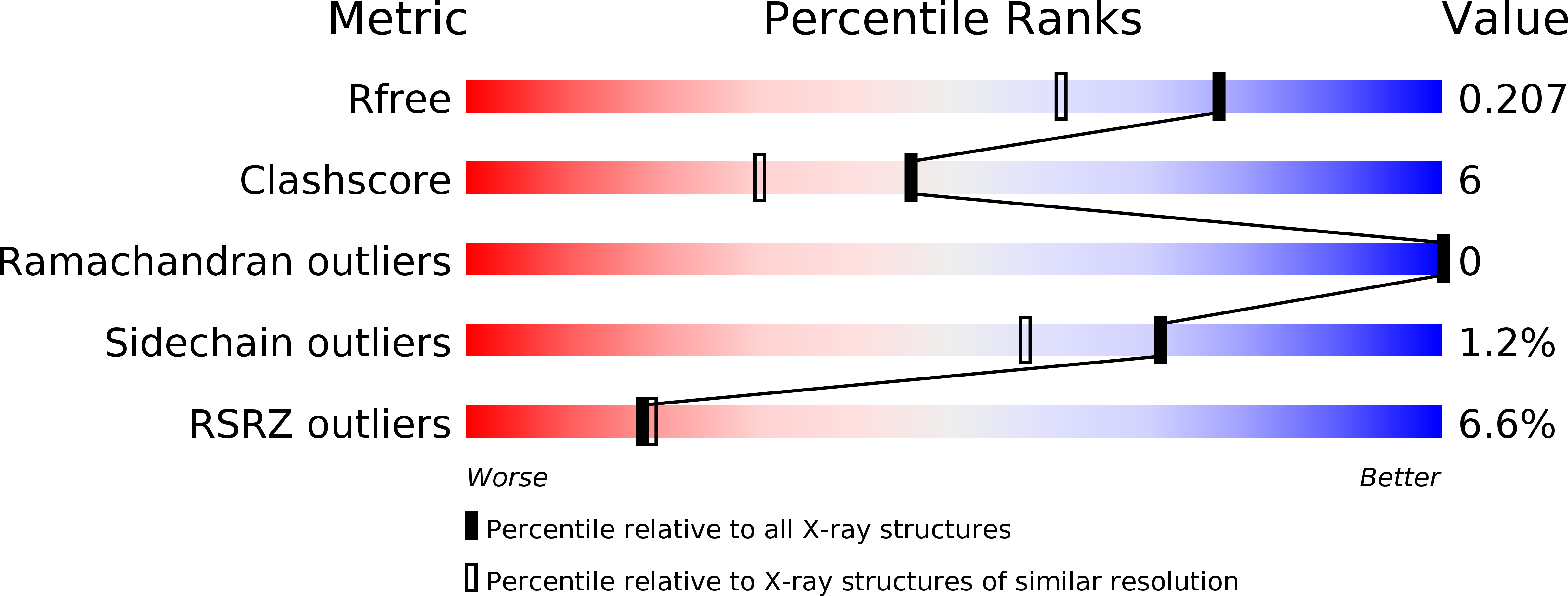
Deposition Date
2013-09-23
Release Date
2013-10-09
Last Version Date
2023-09-20
Entry Detail
PDB ID:
4MUS
Keywords:
Title:
Crystal structure of vancomycin resistance D,D-dipeptidase/D,D-pentapeptidase VanXYc D59S mutant in complex with D-Ala-D-Ala phosphinate analog
Biological Source:
Source Organism:
Enterococcus gallinarum (Taxon ID: 1353)
Host Organism:
Method Details:
Experimental Method:
Resolution:
1.68 Å
R-Value Free:
0.20
R-Value Work:
0.16
R-Value Observed:
0.16
Space Group:
P 1


